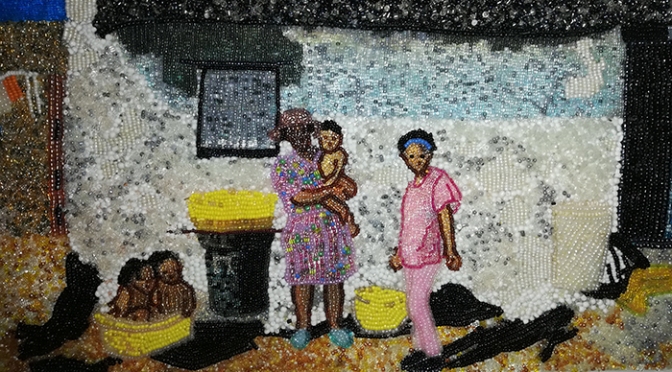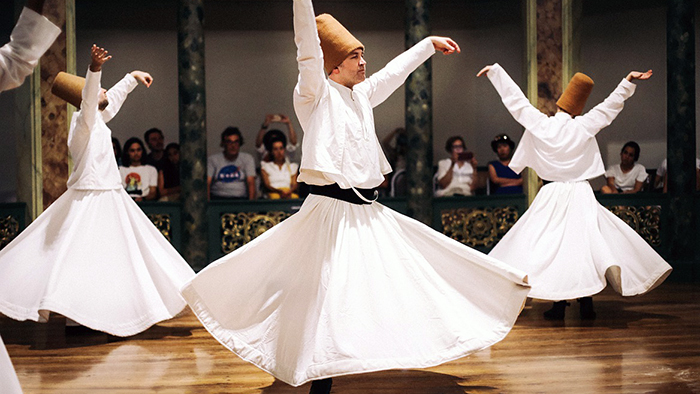Sirkka Heinonen
How does learning change? What is the role of learning in tomorrow’s world? What, where and when to learn? How do we develop our futures literacy? How could futures education become part of all learning?
Concerning these visions and perspectives on learning, we received fresh insights from the thoughts of Njeri Mwagiru, keynote speaker at our 21st International Summer Conference ‘Learning Futures – Futures of Learning’. She is a senior futurist with the University of Stellenbosch, at the Institute for the Future (IFR) where we (FFRC) have previously had fruitful collaboration between our universities in the form of researcher exchanges, lectures and futures workshops.
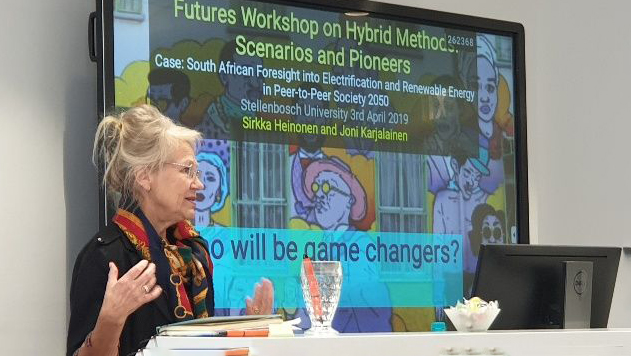


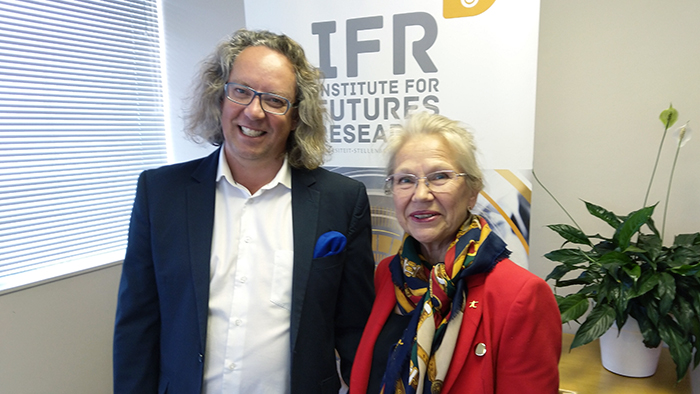
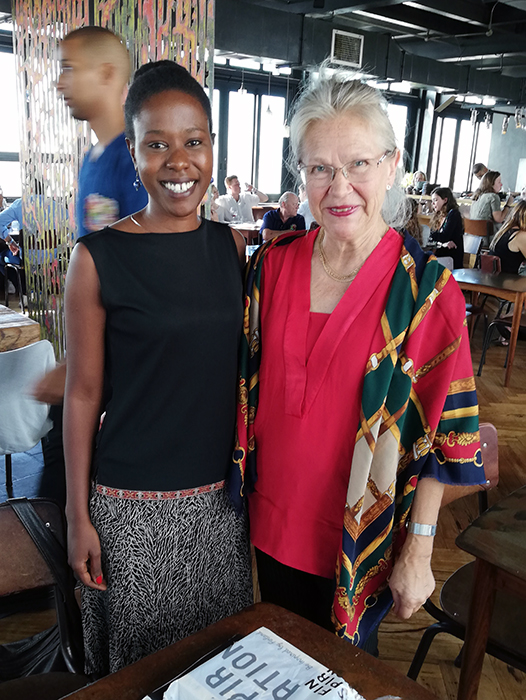
Continuous learning
Continuous learning is a hot topic and positioned already at the core of the strategy of many universities, such as ours at the University of Turku. Human beings are never fully ‘ready’ – there is a continuous flood of learning flowing, with an increasingly diverse offering. However, I claim that continuous learning, which places a lot of emphasis on learning of those already in the workforce, should also be closely linked to the following dimensions of learning and mirror their combinations: lifelong learning, ubiquitous learning, peer-to-peer learning, and crisis learning. It is never too early – nor too late – to learn something. Especially learning about futures thinking is perfectly suitable at any stage of life. Of course, the sooner the better! Learning is both a right and a duty, but also a value and an absolute value.
Lifelong, equal and ubiquitous learning
The red thread of lifelong learning is intertwined with the idea that learning and education are not a separate period in a person’s life. Learning is a right and an opportunity to develop oneself at any stage of life and throughout the life cycle. Human being is a learning object – learning is at the heart of humanity. However, human motivation, ability, rights, and opportunities can vary greatly across the globe and in different cultures. Mwagiru raised the issue of equal access to learning as the number one challenge from an African perspective. She stressed the importance of enabling the education of girls.
Learning is more and more ubiquitous – effectuated all over places (lat. ubique = everywhere). Learning is not restricted within the walls of schools, universities and other educational institutions. Learning, as well as housing has become a multilocal activity. We learn not only in the curricula of educational institutions, but also in the workplace, at home, in hobbies and travel, in both the physical and virtual worlds, be it in waking and in sleep – or dreaming, in interaction as well as in the utmost moments of loneliness.
Hierarchies are crumbling and the categorical top-down model of education is tilting horizontally. We learn more and more from our peers. We learn effortlessly from peers because peers are on the same wavelength. On the other hand, Mwagiru also pondered that some form of mentoring, especially for young people, is always important so that peer learning does not risk becoming chaotic. The ethos of equality is permeating many other functions as well besides learning. We are adopting a narrative of a peer society where peer leverage is strong – in marketing, communications, commerce, urban development and even energy production. Households are eager to produce the energy they need themselves, for example with the help of solar panels, and in addition to the national grid, perhaps in the future, limited to their own local community.
The COVID-19 pandemic was an eye-opener highlighting the importance of crisis learning. One should learn from one’s mistakes, but even more far-reaching would be to learn to learn from crises. How can we learn from crises? Have we learned from this pandemic and if so what? Does it take more than one crisis before we start learning? I claim that learning from crises is an increasingly important and downright necessary part of futures literacy. It creates an arc of crisis anticipation, crisis survival and recovery. At its best, crisis learning means that, by identifying and analysing early warning signs, we can either avoid triggering a crisis altogether or at least find appropriate responses and buffer its harmful effects. In the RESCUE project, we explore how a built environment could improve such crisis awareness and futures resilience. With what kind of innovations could citizens enjoy public space together even during a pandemic? Self-disinfecting surfaces already exist, so will there be three-dimensional virus-free spaces in the urban space in the future – to enable movement and interaction?
Learning through embodied knowledge
Mwagiru also brought to the discussion in an interesting way the concept of embodied knowledge, which she has explored in her dissertation (2016). We learn a lot through rational thinking and reading texts, whether it is a physical book or digital curriculum. In addition, learning takes place through all of our senses, through the movements and experiences of the body. This aspect of learning should be explored more. The static nature of a learning situation can be a burden and a direct barrier to learning. The experiential knowledge accumulated in everyday activities is reminiscent of the concept of experiential knowledge used in, for example, cognitive psychology, techno simulations, and areas of religion. It also approaches Nonaka’s tacit knowledge concept, evading the strictly evidence-based knowledge. The role of experiential embodied knowledge and tacit knowledge in the creation of futures knowledge should be probed in more depth.
Art and empathy skills
Mwagiru also highlighted the strong focus of learning on STEM (science, technology, engineering and mathematics) – more arts could be included in learning, with the abbreviation expanding to STEAM. There is a need for a balanced curriculum that serves the development of the individual as a whole. Mwagiru suggests taking this debate to a more radical dimension and allowing our curriculum content to be modified as important learning areas for the arts? A hybrid of art and science can be as fruitful as a union of creativity and critical thinking. The arts are increasingly recognised for their ability to generate empathy in learners in ways that the hardcore sciences may not be able to produce.
We also know that empathy is becoming increasingly important as we move into the cultures of cooperation needed to solve the wicked problems that plague our “global village”. Empathy is a critical type of futures competence. Art can be a methodological and pedagogical tool for achieving such competence. Art can help in learning to adopt embodied knowledge. The significance of this is understood in the corporate world, where dance and theatre are often used as forms of team building, strategy and decision making. It would be interesting to see how combining technical, science and mathematics subjects with the arts could cross-fertilize ideas and enhance learning through a hybrid of the two approaches.
Futures literacy
The main goal of Mwagiru is to constantly emphasise the search for new “futures lenses ”. It could help to create something really novel and fresh in learning processes as a community of foresight that looks to the future in open-minded ways. This is an important part of developing futures literacy. Riel Miller (2015) uses a concept of ’pull learning’ of the radically new frontiers alongside the concept of ’push education’ aimed at degree qualifications.
Looking through the widening futures lenses expands the imagination and transcends rhetoric. It also creates a clear microscopic view to the often neglected peripheral and marginal, and also indigenous people’s ways of obtaining and learning knowledge, which over time has been left aside. Learning is much about acquiring new knowledge and experience – multidimensionally. When I asked Mwagiru about a new metaphor for learning, she described it as a spiral that breaks the rigidity of linear motion and path dependencies. The spiral is like a dance of dervishes seeking new sources of knowledge through movement.
Sirkka Heinonen
Professor Emerita
